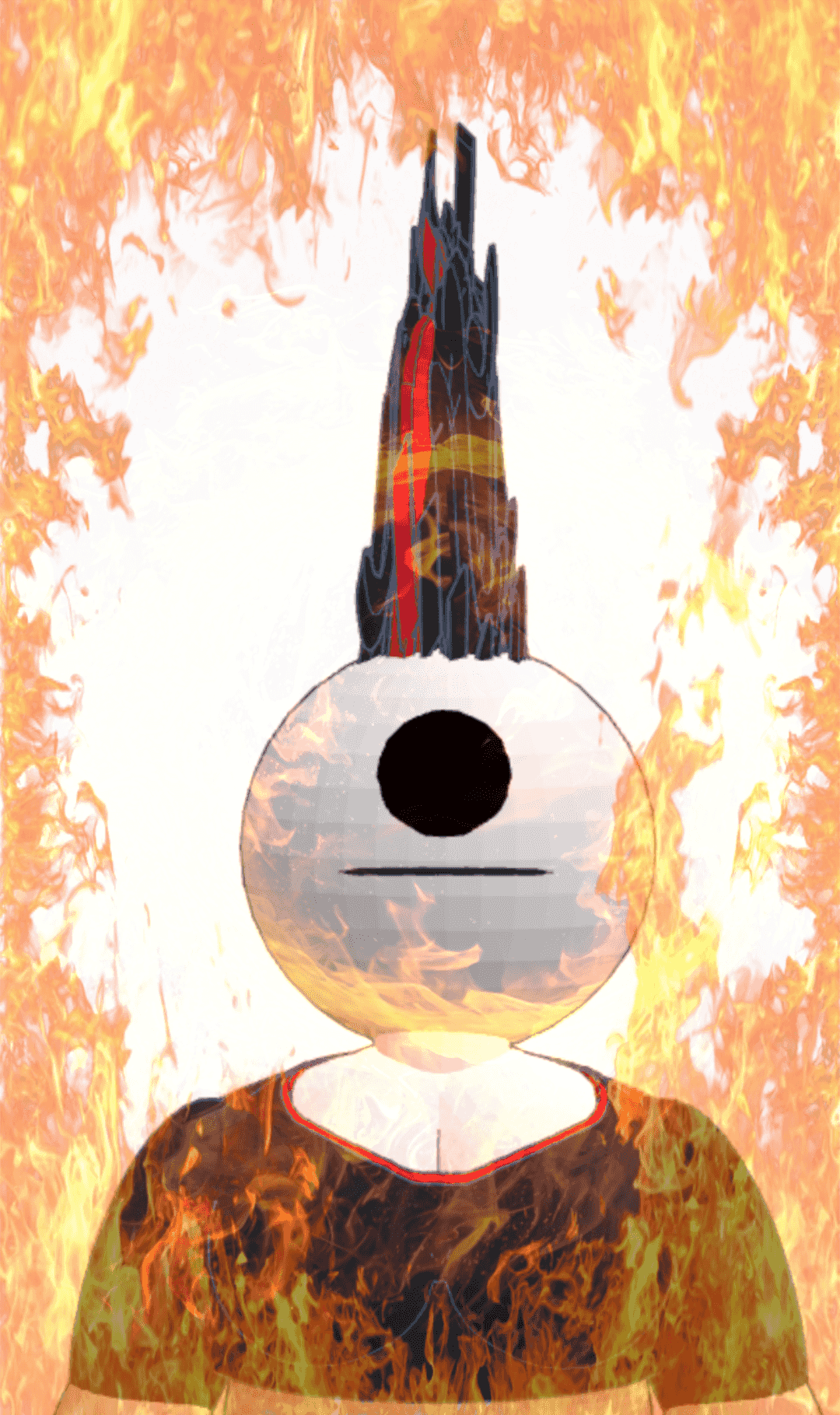What is Eye Of Rah
Create Your Own Eye Of Rah Meme Eye Of Rah
Eye Of RahEye Of Rah
The Eye of Ra is a powerful symbol in ancient Egyptian mythology, often depicted as a solar disk encircled by a cobra (uraeus), or simply as a stylized eye. It represents the destructive and protective aspects of the sun god Ra, embodying his fierce power and divine authority. While visually similar to the Eye of Horus, the Eye of Ra holds distinct mythological significance, primarily associated with Ra's female counterpart or extension of power.
🤨 Meaning
The Eye of Ra symbolizes divine protection, royal authority, and the destructive force of the sun. It is often personified as a goddess, such as Sekhmet, Hathor, Wadjet, or Bastet, who acts as Ra's agent, sent to quell rebellions or punish humanity. It embodies both the life-giving warmth of the sun and its scorching, destructive potential. As a 'seeing eye,' it represents Ra's omnipresence and his ability to perceive all, ensuring cosmic order and justice.
📖 Origin
The concept of the Eye of Ra originates deeply within ancient Egyptian cosmology and mythology, particularly in myths concerning the sun god Ra. According to various texts, including 'The Book of the Heavenly Cow,' Ra's Eye was an independent entity, a fierce goddess who could be sent forth to enact his will. When Ra grew old and humanity rebelled against him, he sent his Eye, often identified with Hathor or Sekhmet, to punish them. This myth highlights the Eye's dual nature as both a bringer of destruction and, upon being appeased, a source of protection and renewal. For more on this myth, you can find various retellings on educational platforms like YouTube, searching for 'Myth of the Heavenly Cow' or 'Ra and Sekhmet myth.'
🎙️ Usage
The Eye of Ra is a versatile and potent symbol, suitable for various contexts where protection, divine power, and connection to ancient Egyptian heritage are desired. Its applications range from personal adornment to architectural elements and spiritual practices.
- Protective Amulets: Widely used as talismans and amulets to ward off evil, danger, and negative forces. Wearing the Eye of Ra was believed to grant the wearer divine protection and good fortune.
- Jewelry and Fashion: Popular in modern jewelry design (pendants, rings, earrings) and fashion as a statement piece, connecting the wearer to ancient wisdom and strength.
- Home Decor and Art: Incorporated into home decor items (wall hangings, statues, prints) and art to infuse spaces with a sense of power, protection, and ancient mystique.
- Spiritual and Meditative Practices: Used in spiritual practices or meditation as a focal point to invoke strength, clarity, and connection to higher energies.
- Tattoo Art: A common motif in tattoo art, symbolizing personal protection, inner strength, and a reverence for ancient Egyptian culture and its powerful deities.
🖼️ Related Images










